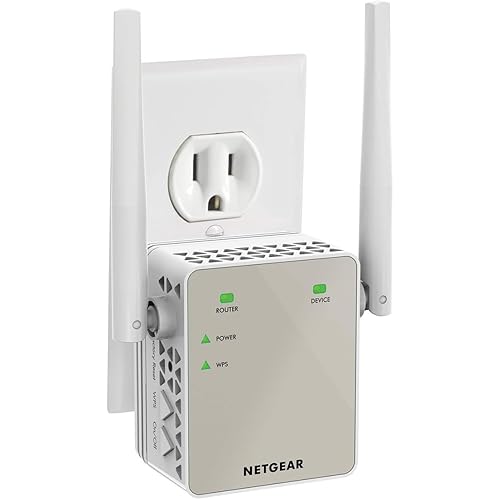



Buy Now, Pay Later
- – 6-month term
- – No impact on credit
- – Instant approval decision
- – Secure and straightforward checkout
Ready to go? Add this product to your cart and select a plan during checkout.
Payment plans are offered through our trusted finance partners Klarna, Affirm, Afterpay, Apple Pay, and PayTomorrow. No-credit-needed leasing options through Acima may also be available at checkout.
Learn more about financing & leasing here.
30-day refund/replacement
To qualify for a full refund, items must be returned in their original, unused condition. If an item is returned in a used, damaged, or materially different state, you may be granted a partial refund.
To initiate a return, please visit our Returns Center.
View our full returns policy here.
Recently Viewed
Features
- RouterBOARD 2011UiAS-2HnD has most features and interfaces from all our Wireless routers
- Its powered by the new Atheros 600MHz 74K MIPS network processor, has 128MB RAM, five Gigabit LAN ports, five Fast Ethernet LAN ports and SFP cage
- Also, it features powerful dual chain 2.4Ghz (2312-2732MHz depending on country regulations) 802.11bgn wireless AP, RJ45 serial port, USB port and RouterOS L5 license, as well as desktop case with power supply and two 4dBi Omni antennas
- RouterBOARD 2011UAS-2HnD-IN comes with desktop enclosure, LCD panel and power supply
- The RB2011Ui also has passive PoE output capability on the last port (ETH10), this means you can power another device just by connecting it over regular Ethernet cable
Description
'Mikrotik MikroTik RB2011UiAS-2HnD-IN Brochure 'Mikrotik MikroTik RB2011UiAS-2HnD-IN Quick Guide
Brand: MikroTik
Model Name: RB2011UiAS-2HnD-IN
Special Feature: WPS
Frequency Band Class: Dual-Band
Wireless Communication Standard: 802.11bgn
Compatible Devices: Personal Computer
Recommended Uses For Product: Home
Included Components: desktop enclosure, two indoor antennas for wireless, power supply, touchscreen LCD panel
Connectivity Technology: Ethernet, USB
Color: Red
Wireless Type: 802.11bgn
Brand: MikroTik
Series: RB2011UiAS-2HnD-IN
Item model number: RB2011UiAS-2HND-IN
Operating System: RouterOS
Item Weight: 1.32 pounds
Product Dimensions: 0.39 x 3.57 x 1.39 inches
Item Dimensions LxWxH: 0.39 x 3.57 x 1.39 inches
Color: Red
Manufacturer: Mikrotik
Is Discontinued By Manufacturer: No
Date First Available: February 26, 2013
Frequently asked questions
To initiate a return, please visit our Returns Center.
View our full returns policy here.
- Klarna Financing
- Affirm Pay in 4
- Affirm Financing
- Afterpay Financing
- PayTomorrow Financing
- Financing through Apple Pay
Learn more about financing & leasing here.






















